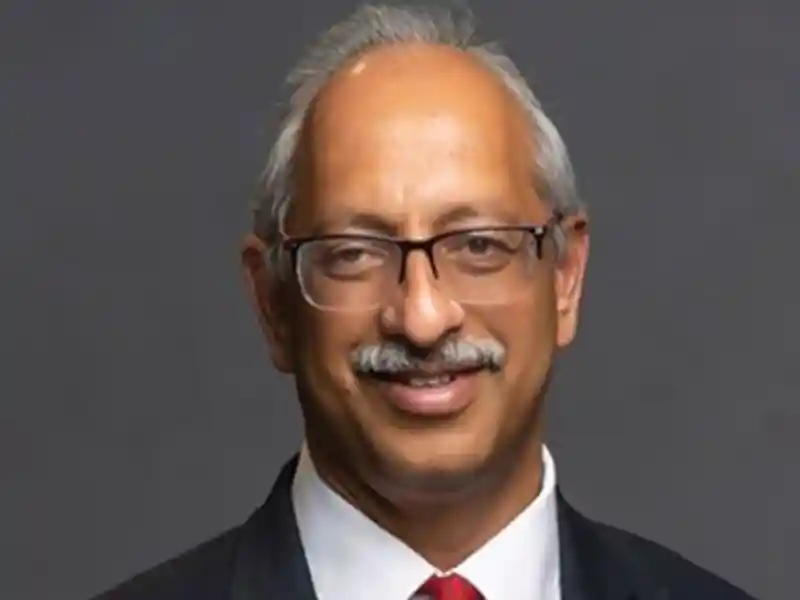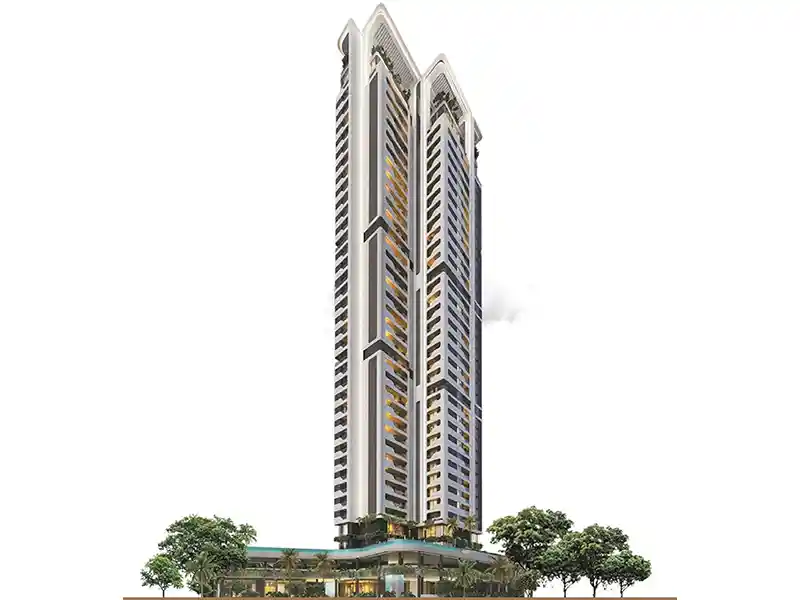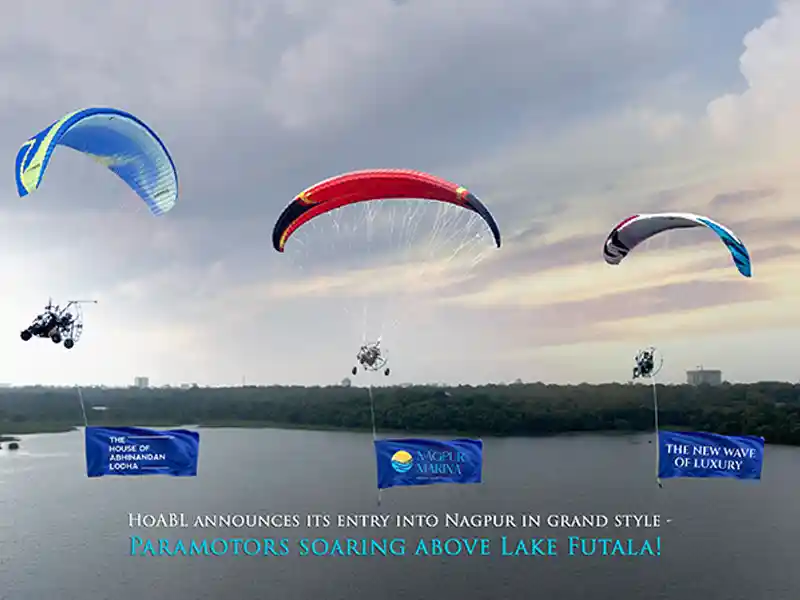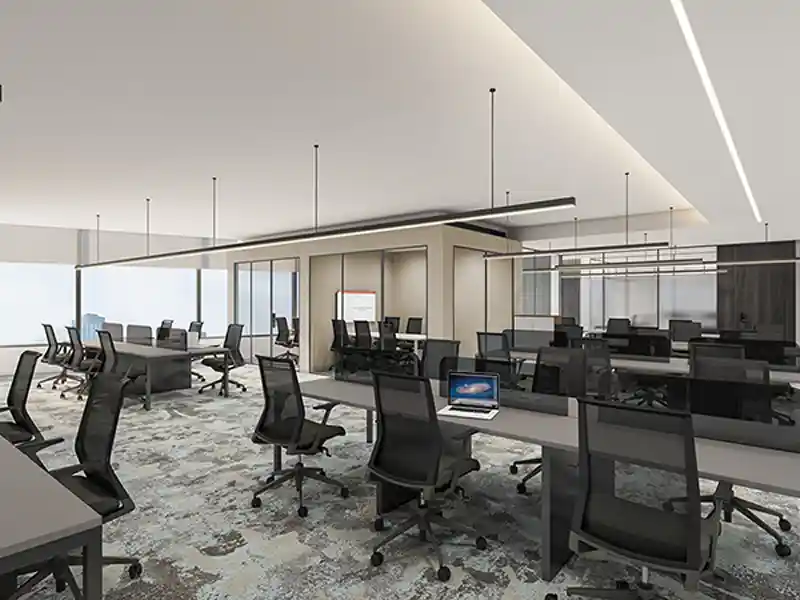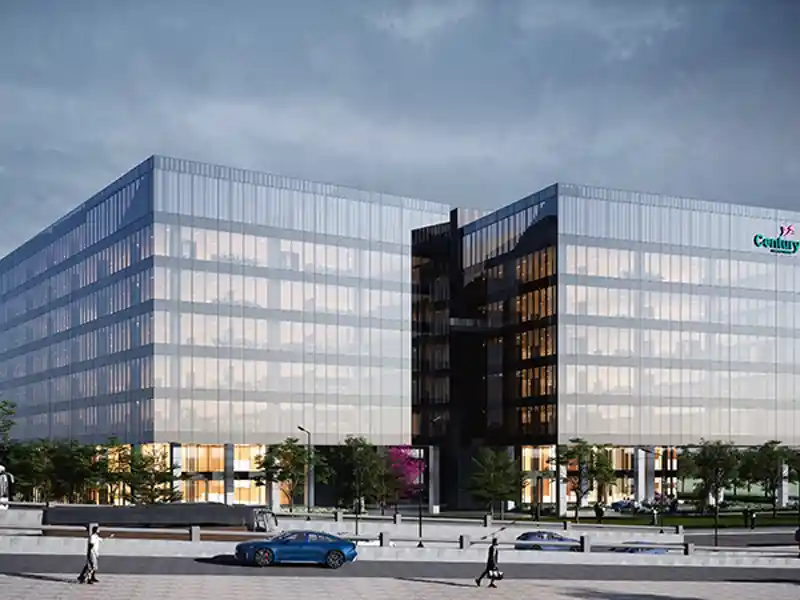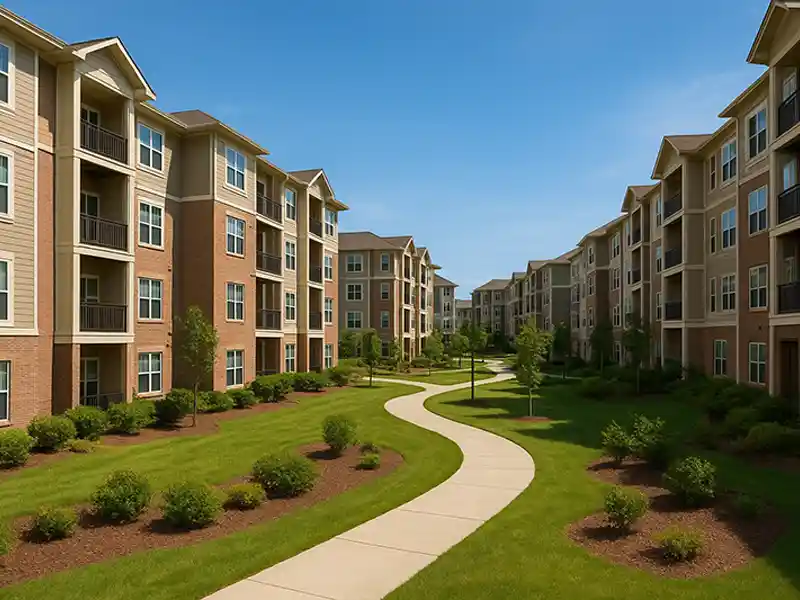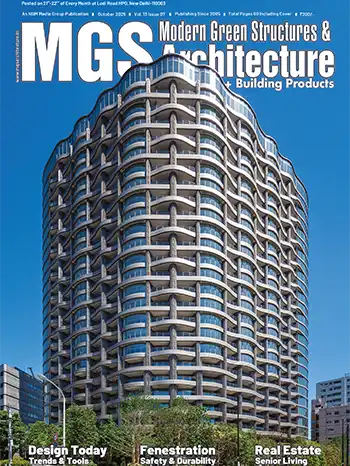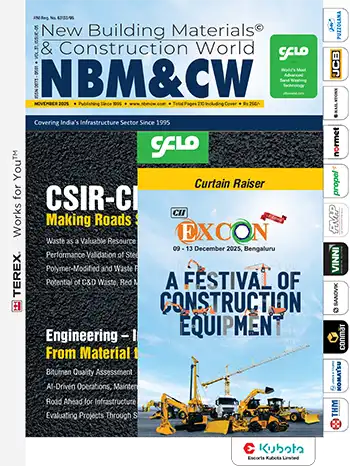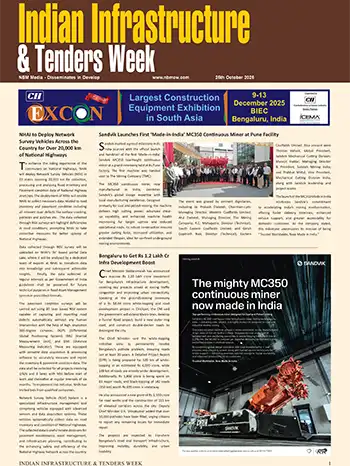Older adults are seeking independent, dignified lifestyles outside the traditional joint family structure which is shifting demand from old-age homes to organized senior living communities.
Anantharam V. Varayur, Co-Founder, Manasum Homes
Emerging Trends
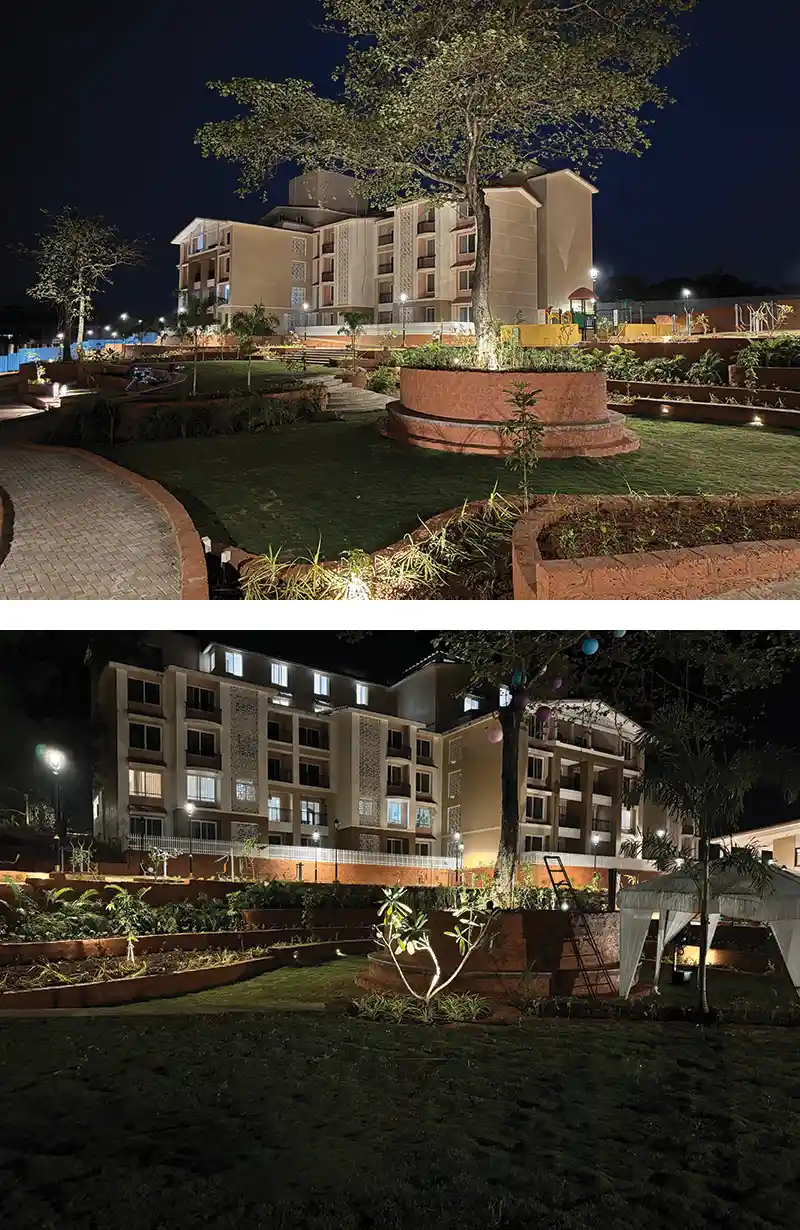
Developers are now moving beyond selling apartments to offering inter-generational care models. For instance, communities like Manasum Banyan and RIVA are designed with wide walkways, landscaped areas, and spaces that host cultural programs and events with youngsters, encouraging social bonding across generations. Contemporary projects provide not just homes, but also wellness programs, on-site primary care, memory care pods, physiotherapy, and curated dining experiences. Hospitality grade service delivery is increasingly common, as seniors view these communities as lifestyle upgrades rather than compromises.
Another emerging trend is geographical diversification. While early projects were concentrated in metros, developers are now targeting Tier-II and Tier-III cities, temple towns, and education hubs where land is more affordable and cultural familiarity attracts retirees. For example, Manasum has expanded into locations such as Mysore, Tirupati, and Hubli Vrindavan, offering seniors the comfort of cultural and spiritual surroundings. Business models are also evolving, with a mix of ownership, lease, and deposit-linked tenures, making communities accessible across income groups.
The success of senior living projects depends heavily on thoughtful design. The projects must be climate-responsive and operationally efficient. Cross-ventilation, solar energy, rainwater harvesting, and native landscaping lower running costs while creating comfortable, sustainable communities.
Anantharam V. Varayur
Challenges and Opportunities
Despite strong tailwinds, the segment faces hurdles. Awareness remains a challenge: many families still equate senior living with charity-run old-age homes, which slows adoption. Developers and operators need to focus on education, showcasing lifestyle benefits and health outcomes to shift perceptions.Affordability is another obstacle. Operating a community with 24/7 medical support, trained staff, and recreational facilities is cost-intensive, yet most Indian retirees remain price sensitive. The opportunity lies in designing scalable service packages where residents can opt for basic or premium care levels to broaden reach.
Regulatory fragmentation also persists. Rules vary across states, and long-term service obligations expose developers to compliance risks. The supply gap, though, is the biggest opportunity. Compared to global benchmarks, India has extremely low penetration of senior living units. As the “silver economy” expands, first movers can establish strong brand equity, and partnerships with healthcare providers, insurers, and hospitality operators can add further value.
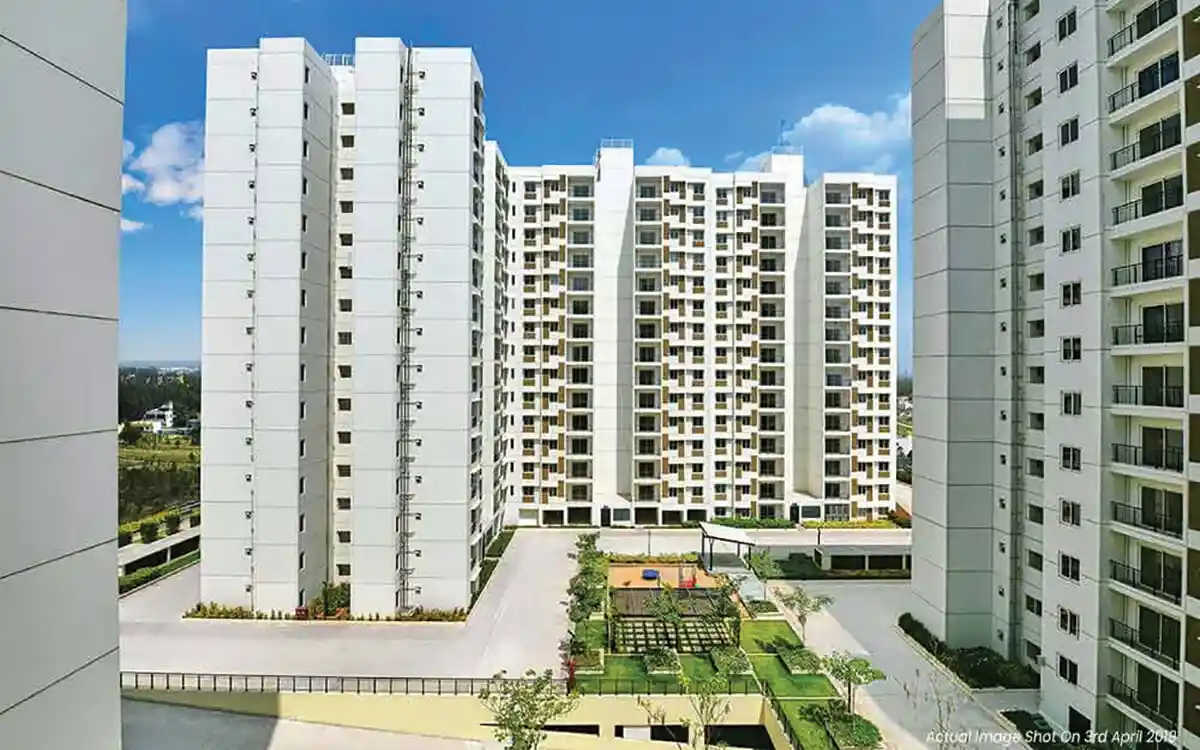
Design and Architecture Considerations
The success of senior living projects depends heavily on thoughtful design. Universal accessibility is essential: step-free entries, wide corridors, wheelchair-friendly doors, and stretcher-sized lifts create safe movement. Grabrails, anti-skid flooring, contrasting colors for better visibility, panic alarm buttons, and grab bars reduce accident risk. Bathrooms also require special attention, with grab bars, shower chairs, and emergency call buttons.Community planning must enable ageing-in-place. Clustering essential amenities like clinics, dining halls, 24/7 healthcare, ambulance access, and hobby rooms within short walking distances fosters convenience.
Lifestyle-oriented projects like Manasum Ikigai in Goa, with its 35,000 sq. ft. clubhouse, provide abundant avenues for leisure and recreation giving residents the chance to explore interests and build connections. Shaded pathways, benches, and open courtyards encourage social interaction, while ties with nearby hospitals further strengthen confidence in care.

